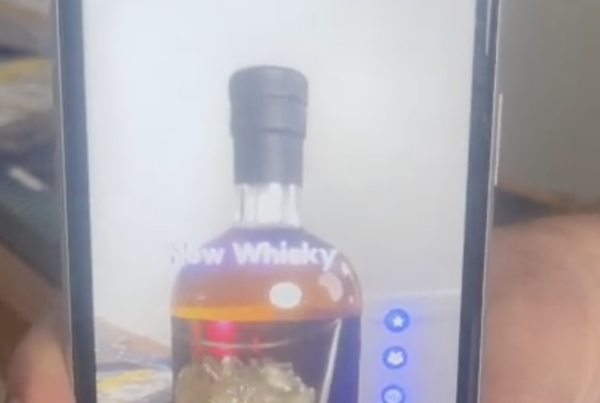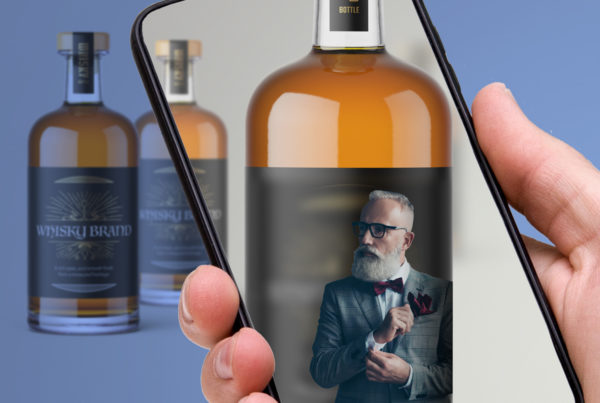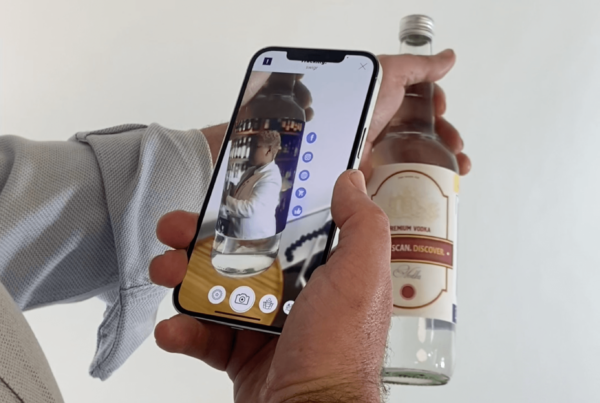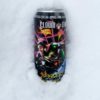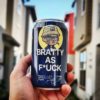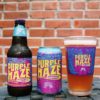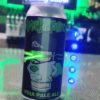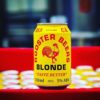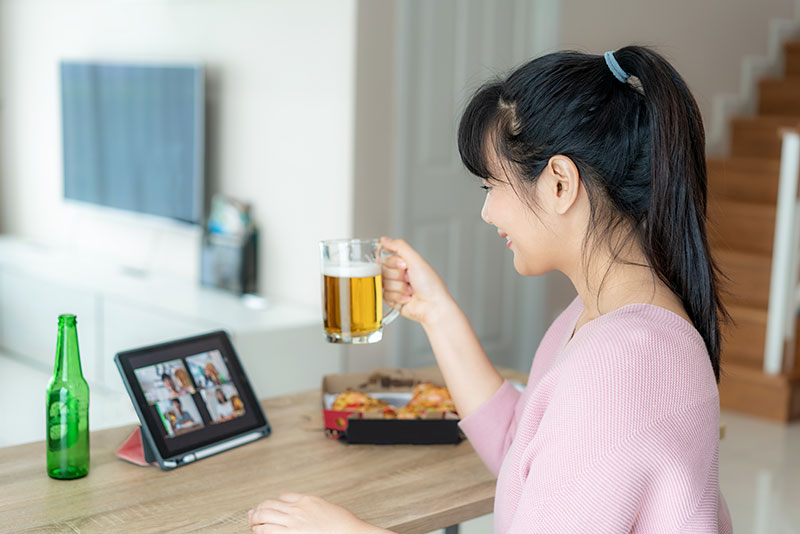
It’s no secret that the brewing industry is booming. In recent years, craft beer has seen a surge in popularity, with more and more people seeking out unique and innovative brews. This trend shows no signs of slowing down, and breweries are looking for new ways to set themselves apart from the competition. Augmented reality offers a unique way to do just that- by adding AR features to their beers, breweries can create an interactive environment where customers can explore different aspects of the brewing process. This immersive experience is a great way to engage customers and create a memorable brand interaction.
What is augmented reality?
Augmented reality is a type of technology that allows users to interact with digital content in a real-world environment. AR can be used to create a variety of experiences, from adding digital elements to existing objects, to completely transforming the way users interact with their surroundings.
How are breweries using augmented reality?
Breweries looking to capitalize on the growing interest in craft beer should consider using augmented reality as a way to differentiate themselves from the competition. There are a number of ways that breweries can use augmented reality to engage customers. Some of the most popular applications of AR in breweries include:
1. Interactive tours- By adding AR features to their tours, breweries can give customers a more immersive experience. With AR, customers can explore different aspects of the brewing process- from grain to glass. This is a great way to educate customers about the brewing process and give them a behind-the-scenes look at how their beer is made.
2. Menu navigation- Many breweries use augmented reality to create digital menus that can be accessed with a smartphone or tablet. This is a great way to provide customers with information about different beers, including tasting notes, ingredients, and brewing process.
3. Product demonstrations- AR can be used to create product demonstrations that allow customers to see how a product is used or how it works. This is a great way to show customers the features and benefits of a product.
4. Brand promotions- Augmented reality can be used to create engaging brand promotions that allow customers to interact with the brand in a new way. AR can be used to create interactive experiences that allow customers to explore different aspects of the brand.
How can breweries get started with augmented reality?
Breweries looking to get started with augmented reality should consider using Swigr. Swigr is a platform that allows breweries to create and deploy augmented reality experiences. Swigr is easy to use and has a variety of features that can be used to create engaging AR experiences.
When starting out with Swigr, breweries should consider the following tips:
1. Start with a simple experience- When starting out with augmented reality, it is important to keep things simple. Try creating an experience that is easy for customers to understand and use. This will make it easier to engage customers and create a memorable experience.
2. Use existing branding- When creating an AR experience, it is important to use existing branding. This will help to create a cohesive experience that is aligned with the brewery’s overall branding.
3. Keep it interactive- Augmented reality should be interactive, so make sure to include features that allow customers to engage with the experience. This will help to create a more immersive experience and keep customers engaged.
4. Make it fun- Augmented reality can be fun, so make sure to include elements that are enjoyable for customers. This will help to create a positive experience that customers will remember.
READY TO CONNECT?
Get a copy of ready for reality, our free checklist, outlining all the steps. Easy.

